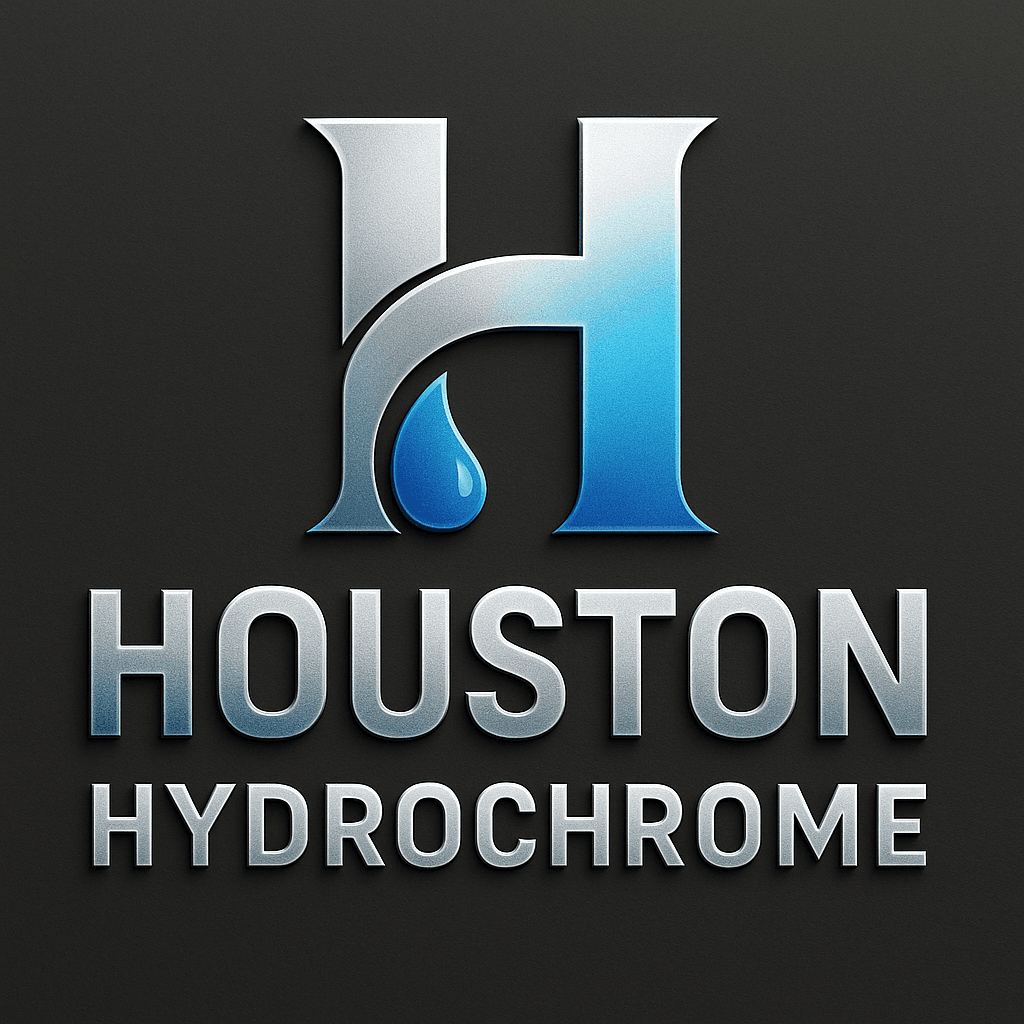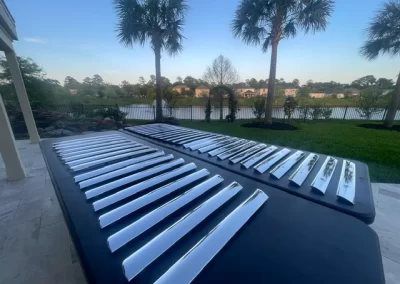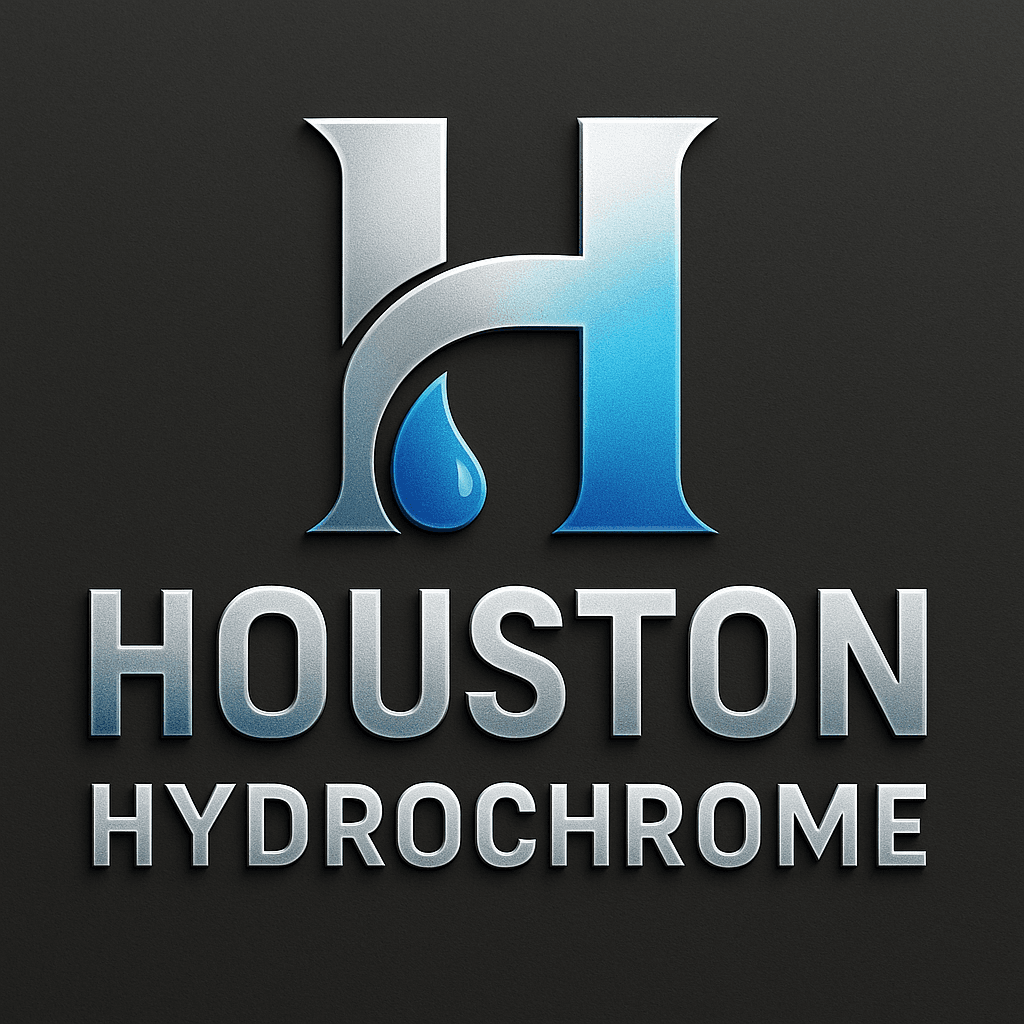Understanding the Importance of Choosing the Right Grit
Selecting the correct grit for powder coating is essential. It affects both the look and durability of the coated surface. The grit you choose helps in preparing the surface, which can make or break your final product. A well-prepared surface ensures that the powder coat adheres properly and lasts longer. This choice can also impact the efficiency of your process, saving time and resources in the long run. By using the right grit size, you prepare your surface effectively, leading to a superior finish.
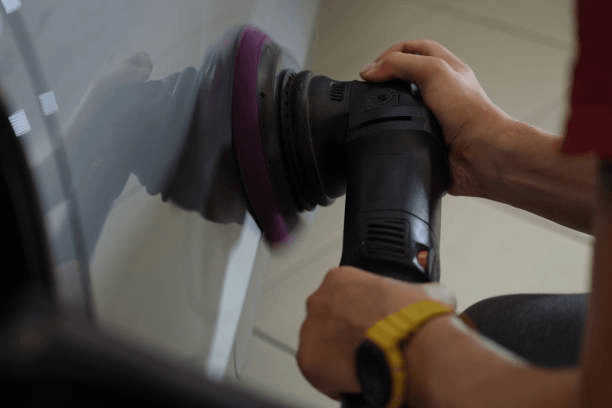
The Role of Abrasive Materials
Abrasive materials play a key role in preparing surfaces for powder coating sanding. They help remove old coatings, rust, and other imperfections from the surface. Common abrasives include aluminum oxide, silicon carbide, and garnet. Each has its benefits, but aluminum oxide is often preferred due to its hardness and recyclability. It’s crucial to match the abrasive material with the type of surface you’re working on to achieve optimal results.
Decoding Grit Sizes and Their Applications
Grit sizes indicate the level of coarseness of the abrasive material used in sanding. A lower number denotes a coarser grit, while a higher number represents a finer grit. Coarse grits are suitable for removing heavy layers or tough materials quickly. Fine grits are ideal for finishing touches, creating smooth surfaces ready for powder coating. For most applications, starting with a medium grit (around 80-120) provides a balance between material removal and surface smoothness.
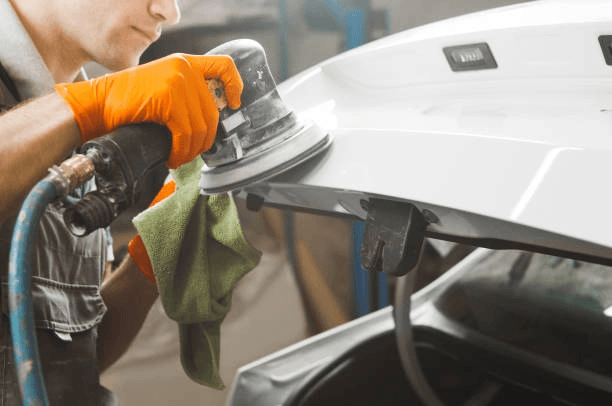
Steps to Choosing the Right Grit
When choosing the right grit for your sanding needs, follow these steps:
• Assess the surface condition: Identify if it requires heavy stripping or just a light touch-up.
• Select an appropriate abrasive: Choose one based on the material’s compatibility with your workpiece.
• Determine the desired finish: Decide if a rough or smooth finish is necessary.
• Test before proceeding: Sample test on a small area to ensure satisfaction with the results.
Expert Tips for Effective Surface Preparation
Effective surface preparation is critical in achieving high-quality powder coating results. Here are some expert tips:
• Always clean the surface thoroughly before sanding to remove dust and debris.
• Ensure your work area is well-ventilated to prevent inhalation of harmful particles.
• Use protective gear like goggles and masks during the process.
• Regularly inspect your equipment to avoid unexpected failures during operation.
Industry Standards and Compliance
Adhering to industry standards is vital for quality assurance in powder coating processes. Organizations like ASTM provide guidelines on abrasive blasting procedures and safety practices. Compliance with these standards not only enhances quality but also ensures worker safety. Regular training sessions on new standards keep your team updated and aware of best practices.
Balancing Cost With Quality
Cost considerations are important when selecting grit for powder coating projects. While higher-quality abrasives might have a higher initial cost, they often lead to better results and fewer reworks. Consider the project’s scale and long-term savings when deciding on materials. Investing in good quality abrasives pays off by reducing labor time and improving overall finish quality.
Final Thoughts on Grit Selection
Selecting the correct grit size is crucial for successful powder coating projects. You must evaluate surface conditions, project goals, and budget constraints to make informed decisions. If you need more guidance or supplies, contact Houston Hydrochrome. Located in Rosharon, TX, I offer professional advice and solutions tailored to your specific needs. Call (281) 454-3998 today to learn more about how I can support your projects.
